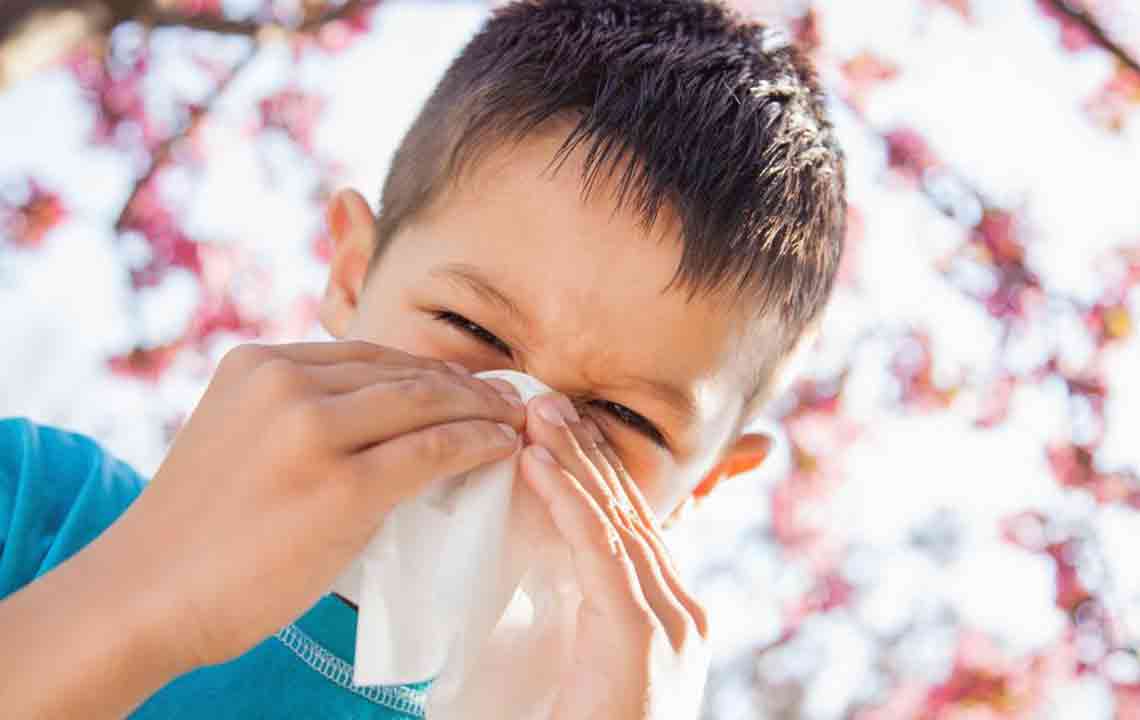Common Signs of an Allergy You Should be Aware of
Signs of an allergic reaction develop within a few minutes of coming into contact with something that an individual is allergic to. But there are instances where the signs can develop a few hours after the contact as well. Even though allergic reactions could be a source of nuisance and cause an obstruction to your daily activities, in most cases , the signs of an allergy are mild and not so harmful.

What are the primary signs of an allergy?
Some of the most prominent manifestations of an allergy include the following:
- A runny nose, sneezing or a blocked nose, which is together called allergic rhinitis
- Itchy eyes, red and watery eyes, and sometimes conjunctivitis as well
- A feeling of tightness in the chest, shortness of breath and cough
- Itchy skin with the formation of raised and red rashes known as hives
- Swollen tongue along with swelling of the lips , eyes, and face
- Pain in the tummy, vomiting, and nausea
- D ry, flaky and bleeding skin
You must understand that the symptoms can vary according to what an individual is allergic to and how he has come into contact with it. For instance, you could suffer from nose blockage and sometimes from a runny nose in case you have been exposed to pollen , while you may develop itchy rashes when you have a skin allergy , or have a sick feeling when you eat something that your stomach is not able to digest.
It is advised to seek the attention of an expert if your child shows any signs of an allergy . This would help in determining whether these symptoms are stemming from any allergy or there’s something more to it.
What are the signs of a severe allergic reaction?
In rare instances, an allergy may pave the way for a grave and uncontrollable allergic reaction , which is medically termed as anaphylactic shock or anaphylaxis . T hese symptoms are considered fatal.
This type of allergy can affect the entire body and all its systems . It tends to develop within a few minutes when an individual comes in contact with something that he is severely allergic to. Signs of such kind of allergies include swelling of the throat as well as the mouth, confusion, lightheadedness, bluish tinge on the skin and lips, loss of consciousness and collapse. This is a medical emergency, and it requires immediate medical attention . N eglecting them can prove to be life-threatening.
What are the different types of allergies?
Allergies can be classified into various categories such as seasonal allergies, food allergies, pet allergies and a lot more. Here is a brief snapshot of all of them:
Respiratory allergies: This type of allergy mainly affects the respiratory system of the human body and has several variations. These are:
- Spring allergies : Even though there is no cure for spring allergies, you can take some steps in curbing the allergies that are usually caused during spring. These would range from household habits to medications.
- Summer a llergies : Pollen, grasses, and weeds are the primary factors responsible for causing summer allergies, and there is a substantial cure for mitigating the ir symptoms.
- Fall and winter allergies : When it comes to this type of allergies, ragweed, mites, mold, and pollen are the most important triggers. People tend to notice the symptoms more during the winter, and various precautionary steps can be taken to stave off from the signs of an allergy.
- Hay fever : Also referred to as an allergic rhinitis, hay fever is an immune disorder that leads to various kinds of allergic responses to the allergens such as mold, pollens, and others. You might be surprised to know that over 25 million people in the country are affected by allergies caused by grass, weeds, and pollens.
Food allergies : There is hardly any individual who is not affected by a food allergy or food intolerance at some point or the other. People often develop an unpleasant reaction to food items, which lead to symptoms such as stomach pain and diarrhea.
Skin allergies : When a person comes in contact with a substance that his immune system considers as a threat, it results in multiple signs of an allergy . This can include breakouts, swollen areas, pale and itchy bumps, welts on the surface of the skin and a host of other signs that may vary from one person to another. In some situations termed as angioedema, the allergic reactions take place underneath the skin and not on the surface.
It can thus be concluded that the range of signs of an allergy and symptoms are endless . Therefore, it is always necessary to seek medical attention without any delay.